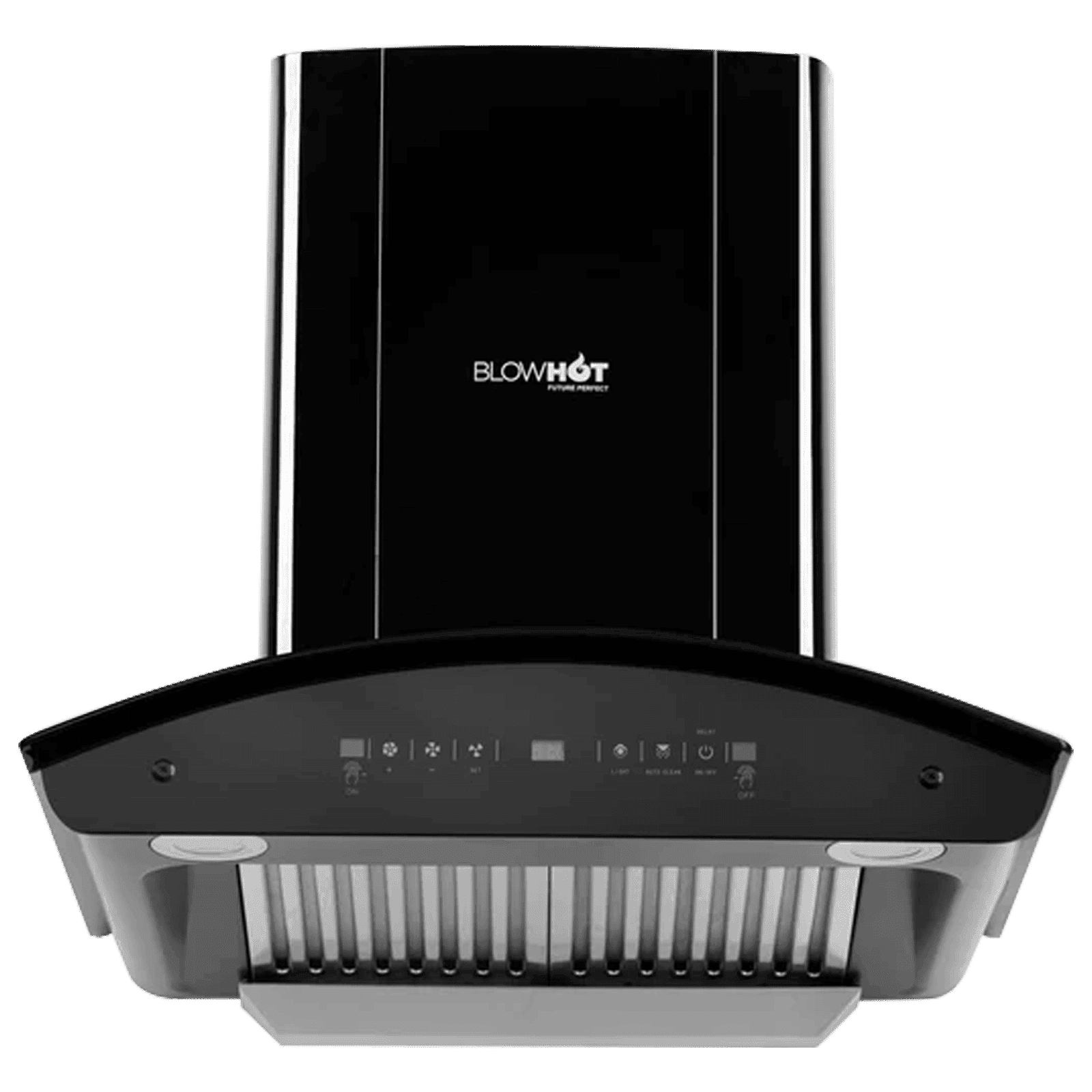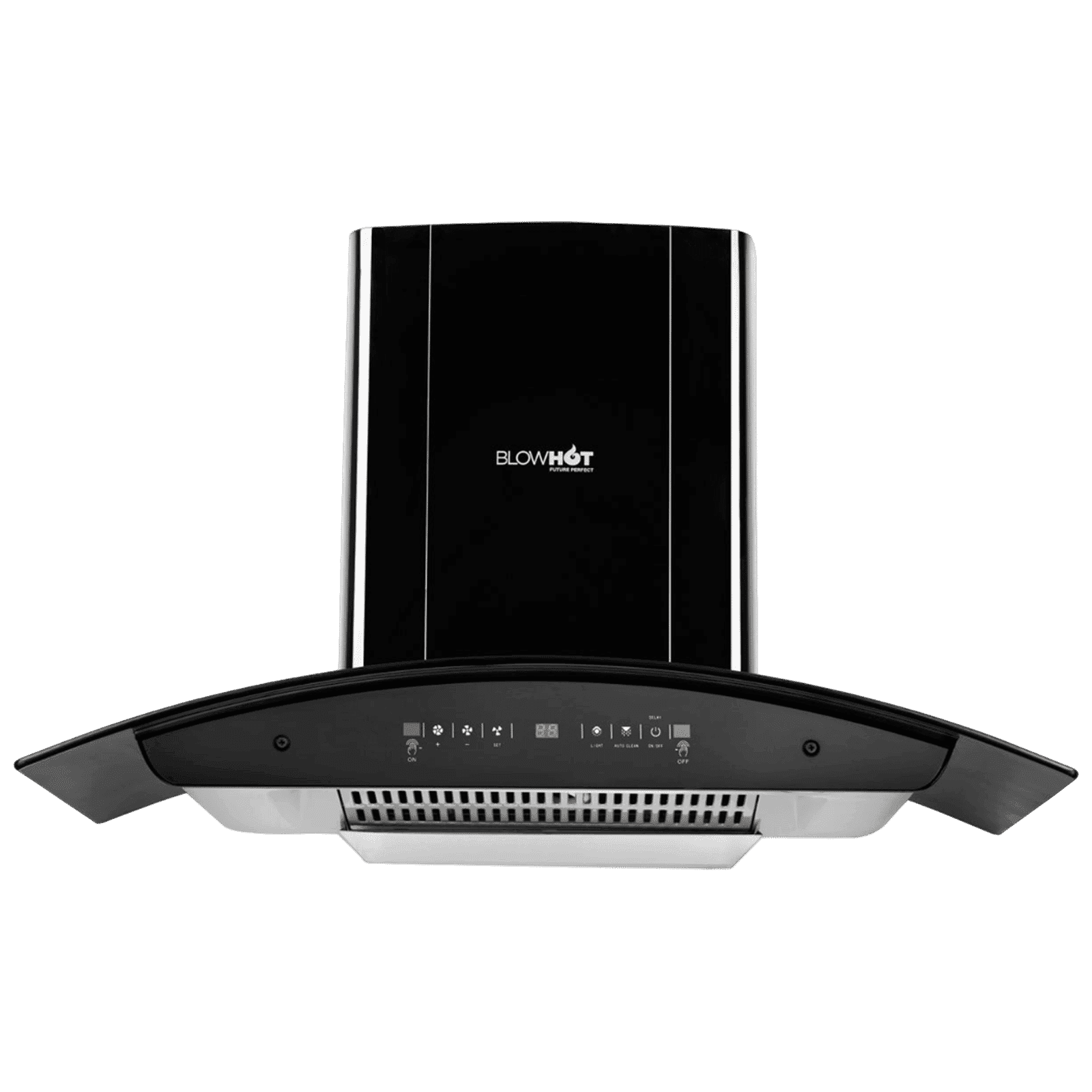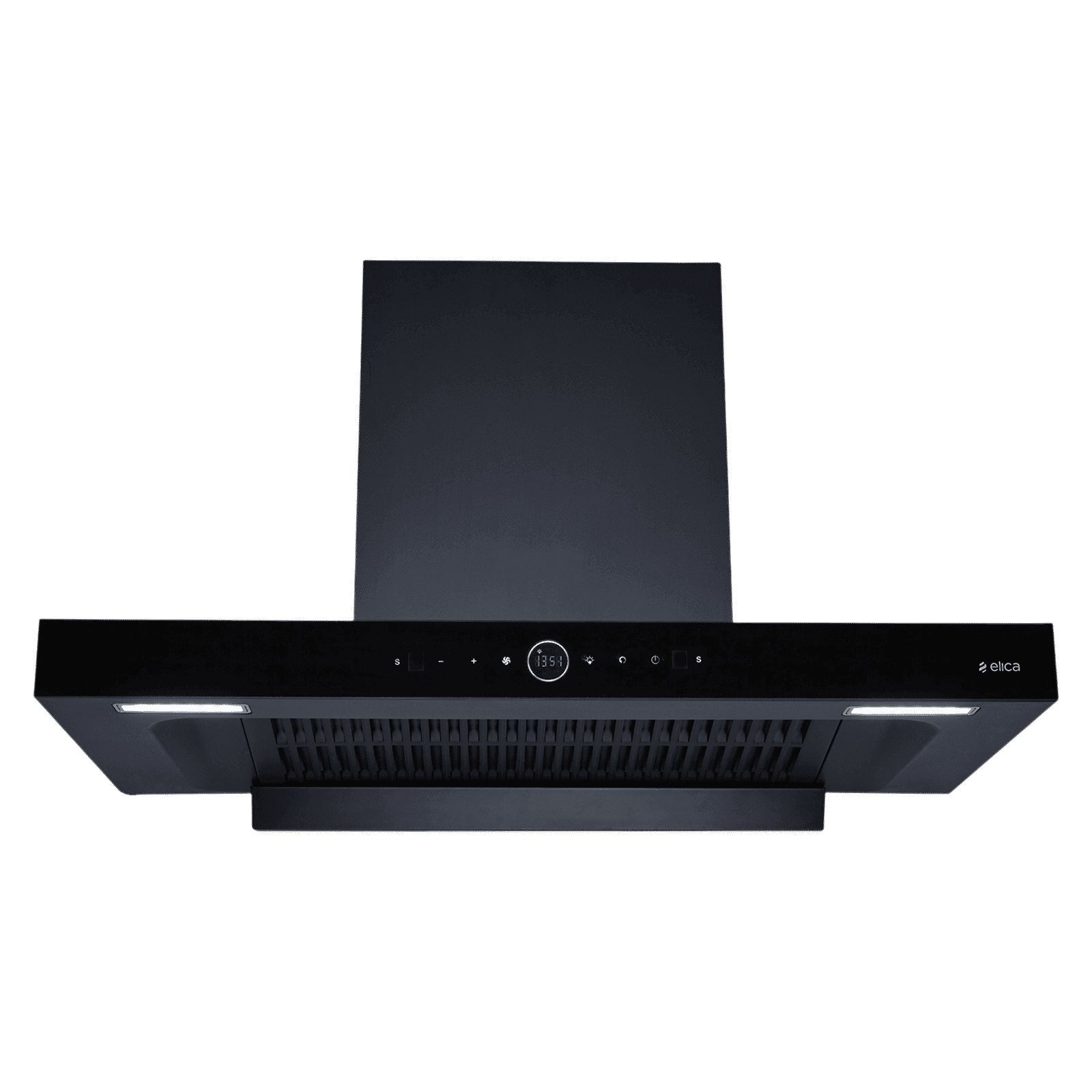
Home Appliances
•05 min read

Buy BLOWHOT ERICA TAC MS PLUS 60cm 1450m3/hr Ductless Auto Clean Wall Mounted Chimney with Motion Sensor (Black) online at best prices from Croma. Check product details, reviews & more. Shop now!
Whether you're installing a new chimney or ensuring your existing one is up to code, accurate chimney measurements are key to safety and efficiency. In today’s guide, we delve into the essential checklist for precise chimney measurements, helping you understand dimensions, clearance, height requirements, and other critical factors. With clear steps and expert insights, you'll gain the confidence needed to tackle chimney installation measurements that meet safety standards and regulatory codes.
Accurate chimney measurements are crucial for ensuring optimal performance, safety and compliance with local building codes. Inaccurate or misinterpreted figures can lead to poor draft, smoke backflow or even serious fire risks. Knowing exactly how to measure a chimney is the first step in mitigating these issues. Getting your chimney measurements right safeguards against potential risks and prevents costly mistakes that may impact overall performance.
When it comes to chimney installation and maintenance, every dimension counts. Your chimney’s width and depth specifications directly affect airflow and efficiency. An appropriately measured chimney helps to achieve the ideal chimney height and ensures that the flue size is perfectly aligned with the fireplace opening, as per the 7x rule. This alignment not only enhances draft performance but also maintains safety in your living space.
Understanding essential terminology makes the process easier. Familiarise yourself with terms like chimney flue size, clearance, height requirements, and depth specifications. The 7x rule, for instance, ensures that the chimney flue area is at least one-seventh of the fireplace opening, a crucial guideline for maintaining proper draft efficiency and preventing smoke issues.
Employing the right tools is fundamental when it comes to precise chimney measurements. A simple set of trusted instruments can save you time and reduce errors significantly.
A reliable set of tools includes a measuring tape, a level, a pitch gauge, and a chimney size calculator. Each of these plays an integral role in achieving consistent and accurate chimney installation measurements. Whether you're a homeowner or a professional, using precise tools ensures you capture every necessary detail from chimney width calculation to measuring chimney clearance.
Digital tools and online calculators streamline the process of how to measure a chimney. Embracing technology not only simplifies your task but also enhances accuracy, making precise chimney measurements easier to achieve every time.
Pro Tip for Accurate Chimney Measurements
Did you know? The ideal chimney height is at least 3 feet above the roofline and 2 feet taller than any structure within 10 feet. This ensures proper draft and minimises smoke backflow issues.
This section breaks down the process into manageable steps, ensuring you cover every aspect of appropriate chimney measurements for a safe and compliant installation.

Buy BLOWHOT ERICA TAC MS PLUS 90cm 1450m³/hr Ductless Auto Clean Wall Mounted Chimney with Motion Sensor (Black) online at best prices from Croma. Check product details, reviews & more. Shop now!
Start by accurately measuring the width and depth of the chimney opening. Use a quality measuring tape to gauge the dimensions at several points, ensuring you capture any variations. If your installation involves a fireplace, factor in the chimney width calculation based on the size of the opening to ensure the flue is appropriately sized as per the 7x rule.
Chimney height requirements are crucial for proper draft efficiency. Measure the height from the base of the chimney to the tip, ensuring it extends at least 3 feet above the roofline and 2 feet higher than any adjacent structure. This extra height facilitates better airflow and reduces the likelihood of smoke backflow, making your chimney both safe and efficient.
Ensuring appropriate clearance around the chimney is essential to protect nearby combustible materials and maintain safety standards. When measuring chimney clearance, account for any obstructions, such as walls or roofs, and adhere to local building codes. Special attention is needed for Kitchen Chimney dimensions where confined spaces may demand stricter clearance guidelines.
Understanding standard chimney dimensions is beneficial when planning your measurements. These guidelines provide a useful reference when determining if your chimney measurements align with best practices and safety norms.
A common reference for standard chimney dimensions includes sizes for different applications: from brick chimneys to those used in fireplaces and kitchens. Typically, residential chimney flues may adhere to dimensions such as 8x8 inches for smaller fireplaces or 12x12 inches for larger setups. Always double-check to ensure your chimney installations meet these benchmarks.
For those wondering how to measure a chimney accurately, utilise a chimney measurements calculator. This tool considers factors like the fireplace opening size and expected draft efficiency, ensuring your chimney flue is perfectly proportioned. Through careful measurement and calculation, the guide assists in determining the correct flue size and verifying that all components are compatible.
Even with the right tools, certain pitfalls can lead to inaccurate chimney measurements. Avoid these common mistakes to ensure your set-up is both safe and compliant with relevant codes.
Many errors occur when clearance requirements are not properly considered. Inadequate spacing around the chimney can elevate the risk of fire hazards. Always ensure that you measure the distance between your chimney and any surrounding combustibles carefully, adhering to guideline requirements.

Buy elica SPT MAX PRO PLUS FL 900 BLDC HAC LTW MS NERO FULL GRILL 90cm 1600m3/hr Ducted Wall Mounted Chimney with Motion Sensor Control (Black) online at best prices from Croma. Check product details, reviews & more. Shop now!
Misunderstandings about chimney height regulations can compromise performance. Failing to extend the chimney sufficiently beyond the roofline or adjacent structures can result in poor draft and increased instances of smoke backflow. Always take extra care to measure from the base of the chimney to the top accurately.
A mismatched flue size can have a drastic impact on efficiency and safety. Ensuring that your chimney flue is proportional to the fireplace opening, as dictated by the 7x rule, is crucial for maintaining a healthy draft and preventing issues with smoke dispersion. Remember, every measurement counts when it comes to achieving a well-functioning system.
A typical residential chimney flue may range from 8x8 inches for smaller fireplaces to 12x12 inches for larger ones, though sizes vary by design and application.
The 7x rule states that the chimney flue area should be at least one-seventh the size of the fireplace opening, ensuring efficient draft and safe operation.
Measure the distance between the chimney and any surrounding combustible materials. Always review local building codes, but a minimum clearance of 2 inches is generally required for masonry chimneys.
Essential tools include a measuring tape, level, pitch gauge, and a chimney size calculator to achieve precise chimney installation measurements.
Measure from the base to the top of the chimney, ensuring it extends at least 3 feet above the roofline and 2 feet beyond any structure within 10 feet, as this height is key for proper smoke dispersion.
Accurate chimney measurements are vital not only for safety and regulatory compliance but also for ensuring efficient operation. This comprehensive checklist covers everything from the tools you need to the common pitfalls to avoid, helping you achieve the ideal chimney height and proper flue sizing. By following these guidelines, both homeowners and professionals can make informed decisions and ensure that every aspect of the chimney installation aligns with the highest safety standards. Explore more insights and guidance on related topics while also enjoying the benefits of earning NeuCoins rewards with each seamless purchase experience on the platform.